Quantum multiplexing platform for faster discovery of novel nano-materials, devices and technologies
Multiplexing quantum devices is allowing new approaches to measurement of flat ‘2D’ materials, nanowires, electron pumping devices, and split-gate transistors. Traditionally, these nanostructures are measured one-per-chip because of limitations in electrical wiring in cryogenic setups. This is inefficient if multiple devices are to be tested, and much time is lost changing between samples. The multiplexer increases the number of electrical contacts on the chip, allowing many devices to be connected. This makes research much faster and should lead to quicker progress of scientific discoveries. Placing many more devices on each chip also allows new kinds of measurements, including yield studies, investigating the variation in behaviour from device-to-device, and comparison of design variations to quickly identify the most suitable. I will present our results multiplexing split gate transistors which increased the number from less than 10 to 256 on one chip. For the first time yield, reproducibility, and systematic variations of device dimensions were comprehensively studied [1-2], allowing us to relate device geometry to the emerging quantum physics. Previously unknown trends were revealed in electron transport phenomena, showing that electrostatic potential profile instead of density is the dominant factor determining electron-electron interaction strength [3-4] We are now creating multiplexers for single electron pumps like those developed in pursuit of a quantum current standard [5-6]. Large-scale pump arrays are useful because greater measurement accuracy can be achieved by pumping in parallel. We have measured an array of 27 pumps on one chip and shown that the multiplexer transmits sufficient RF power for pump operation. I will also discuss our creation of multiplexed arrays of InAs nanowires and graphene junctions. Nanowires are transferred on multiplexers by dry transfer nano-printing [7] and electrically connected, while the graphene grown by chemical vapour epitaxy is transferred using wet processes. The outlook for these devices is exciting as we progress with fabrication and characterisation, particularly in light of the many areas of physics and technology that can be impacted, for instance nanowires have potential for transistors, quantum computing elements, optoelectronic and photovoltaic devices, as well as in fundamental physics research.
1. Al-Taie, H., Smith, L.W. et al. Appl. Phys. Lett. 102, 243102 (2013).
2. Smith, L.W. et al. Phys. Rev. B 90, 045426 (2014).
3. Smith, L.W. et al. Phys. Rev. B 91, 235402 (2015).
4. Smith, L.W. et al. Phys. Rev. Applied 5, 044015 (2016).
5. Blumenthal, M.D. et al. Nat. Phys. 3, 343 (2007).
6. Yamahata, G. et al. Appl. Phys. Lett. 109, 013101 (2016).
7. Hurtado, A. et al. IET Optoelectronics 12, 30 (2018).


